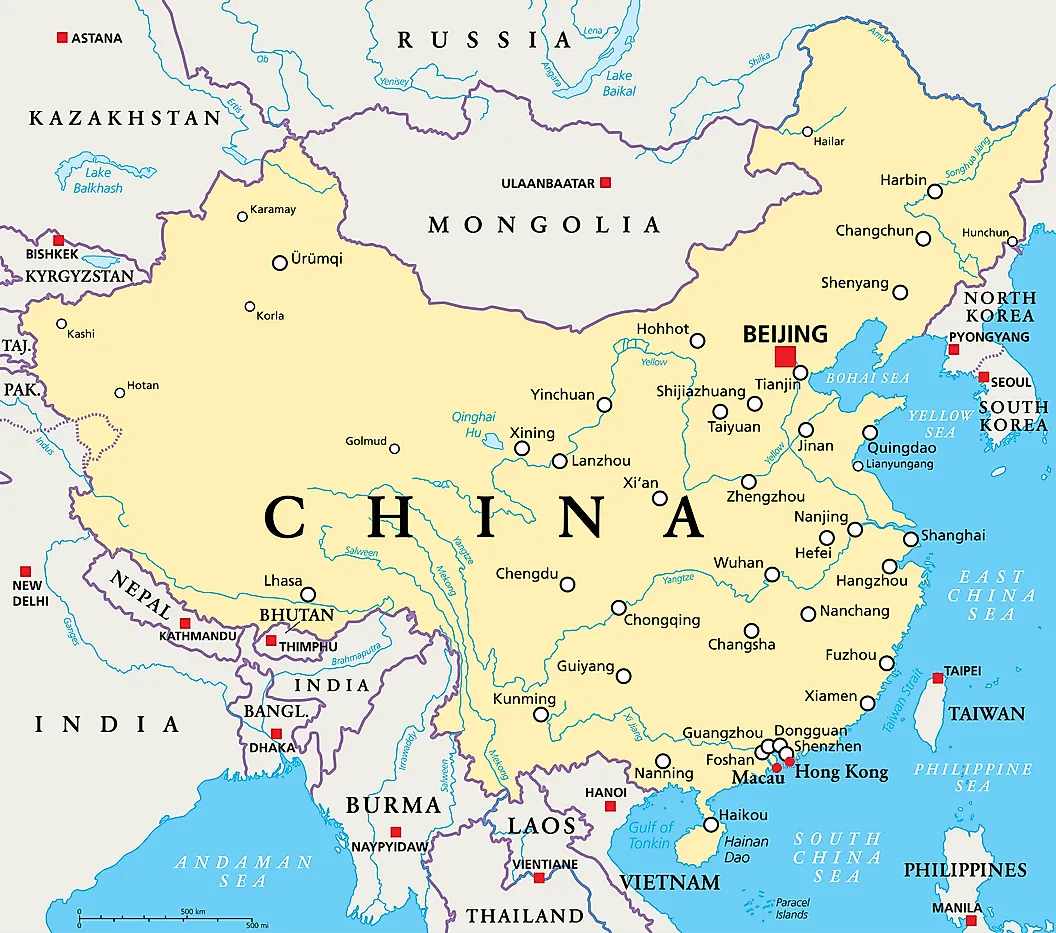by HO-FUNG HUNG

In the early 2010s, the economist Justin Lin Yifu, a former World Bank chief official with ties to the Chinese government, predicted that China’s economy would have at least two more decades of growth above 8%. He reckoned that since the country’s per capita income at that time was about the same level as Japan’s in the 1950s and South Korea’s and Taiwan’s in the 1970s, there was no reason China could not replicate the erstwhile successes of these other East Asian states. Lin’s optimism was echoed by the Western commentariat. The Economist projected that China would become the world’s biggest economy by 2018, surpassing the United States. Others fantasized that the Communist Party would embark on an ambitious programme of political liberalization. The New York Times’s Nicholas Kristof wrote in 2013 that Xi would ‘spearhead a resurgence of economic reform, and probably some political easing as well. Mao’s body will be hauled out of Tiananmen Square on his watch. Liu Xiaobo, the Nobel Peace Prize-winning writer, will be released from prison’. The political scientist Edward Steinfeld likewise argued in 2010 that China’s embrace of globalization would kickstart a process of ‘self-obsolescing authoritarianism’ resembling that of Taiwan in the 1980s and 90s. ?
Ten years later, the naivety of these forecasts is apparent. Even before the onset of Covid-19, the Chinese economy had slowed down and entered a domestic debt crisis, visible in the collapse of major real estate developers like Evergrande. After Beijing lifted all pandemic restrictions in late 2022, a widely anticipated economic rebound failed to materialize. Youth unemployment spiked at above 20%, surpassing that of every other G-7 nation (another estimate put it at above 45%). Data on trade, price, manufacturing and GDP growth all point to deteriorating conditions – a trend that fiscal and monetary stimulus has failed to reverse. The Economist now claims that China might never catch up with the US, and it is universally acknowledged that Xi is no liberal, having redoubled state intervention in the private sector and foreign enterprises while silencing dissenting voices (including those that had previously been tolerated by the Party).
It would be wrong to think that external factors have radically altered China’s prospects. Rather, the country’s gradual decline started more than a decade ago. Those who closely analysed the data, beyond the buzzing business districts and flashy building developments, detected this economic malaise as early as 2008. Back then, I wrote that China was entering a typical overaccumulation crisis. Its booming export sector had raked in a huge amount of foreign reserves since the mid-1990s. In its closed financial system, exporters must surrender their foreign earnings to the central bank, which creates equivalent RMB to mop up the foreign currencies. This led to the rapid expansion of RMB liquidity in the economy, mostly in the form of bank loans. Because the banking system is tightly controlled by the party-state – with state-owned or state-connected enterprises serving as the fiefdoms and cash cows of elite families – the state sector enjoyed privileged access to state bank loans, which were used to fuel an investment spree. The result was rising employment, a temporary and localized economic boom, and a windfall for the elite. But this dynamic also left behind redundant and unprofitable construction projects: empty apartments, underused airports, excessive coal plants and steel mills. That, in turn, resulted in falling profits, slowing growth and worsening indebtedness across the main sectors of the economy.
Sidecar for more
